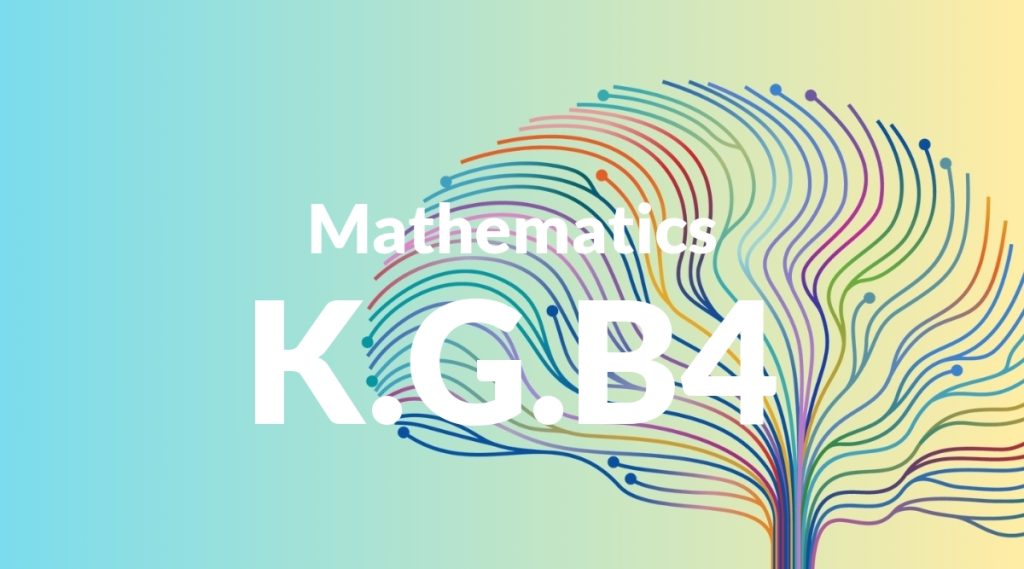Standard: K.G.B4 – Analyze and compare two- and three-dimensional shapes, in different sizes and orientations, using informal language to describe their similarities, differences, parts (e.g., number of sides and vertices/’corners’) and other attributes (e.g., having sides of equal length).
Grade level: Kindergarten
Subject: Mathematics
Domain: Geometry
Teacher Overview
This standard focuses on helping Kindergarten students analyze and compare two- and three-dimensional shapes using informal language. It’s a foundational skill in geometry that encourages students to observe and describe shapes, which is crucial for their future understanding of more complex geometric concepts. Students should already know basic shapes and have a sense of size and orientation. This knowledge will help them as they begin to compare and analyze different shapes.
After mastering this standard, students will be able to describe more complex attributes of shapes and apply their understanding to advanced geometric concepts such as symmetry and congruence.
Common Misconception 1
A common misconception is that shapes must be in a specific orientation to be identified correctly. This is incorrect because shapes retain their identity regardless of their orientation.
Intervention 1
To address this misconception, engage students in activities where they rotate shapes and identify them in various orientations. This helps them understand that the orientation does not change the shape’s properties.
Common Misconception 2
Another misconception is that all shapes with the same name look exactly the same. This is incorrect because shapes can vary in size and form while still maintaining their defining characteristics.
Intervention 2
Provide multiple examples of the same shape in different sizes and forms. Encourage students to identify the attributes that make them the same shape despite their differences.
Prerequisite Knowledge
Students should be familiar with basic shapes (circle, square, triangle, rectangle) and understand simple concepts of size and orientation.
Subsequent Knowledge
Students will develop the ability to describe more complex attributes of shapes, such as symmetry and congruence, and apply their understanding to more advanced geometric concepts.
Instructional Activities
- Shape scavenger hunt in the classroom
- Drawing and labeling shapes on paper
- Using playdough to create different shapes
- Sorting shapes by attributes in small groups
- Interactive shape games on tablets or computers




